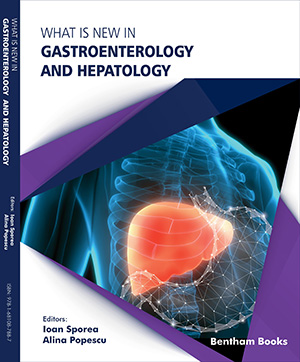Abstract
Cholangiocarcinoma is an aggressive tumor with a poor prognosis. In its early stages, the diagnosis is difficult and mostly incidental, for example during routine abdominal ultrasound we may see some indirect signs like biliary tree dilatation and rarely an intrabiliary three hypoechogenic lesion (extrahepatic cholangiocarcinoma) or focal hypoechogenic mass (intrahepatic cholangiocarcinoma). The prognosis of the patients with metastatic and advanced unresectable extrahepatic cholangiocarcinoma is very poor. More than 50% of patients with jaundice are inoperable at the time of the first diagnosis. The development of new minimally invasive techniques provides these patients a chance to symptoms relief, symptoms that sometimes impair the treatment (like jaundice), and a better quality of life. Endoscopic treatment in patients with obstructive jaundice ensures bile duct drainage in preoperative or palliative settings. Relief of symptoms (pain, pruritus, jaundice) and improvement in quality of life are the aims of palliative therapy. Stent implantation by endoscopic retrograde cholangiopancreatography is generally preferred for long-term palliation. There is a vast variety of plastic and metal stents, covered or uncovered. The stent choice depends on the expected length of survival, quality of life, costs, and physician expertise.
Keywords: Biliary stents, Cholangiocarcinoma, Cholangioscopy, Endoscopic drainage, Endoscopic retrograde colangiopancreatography






















